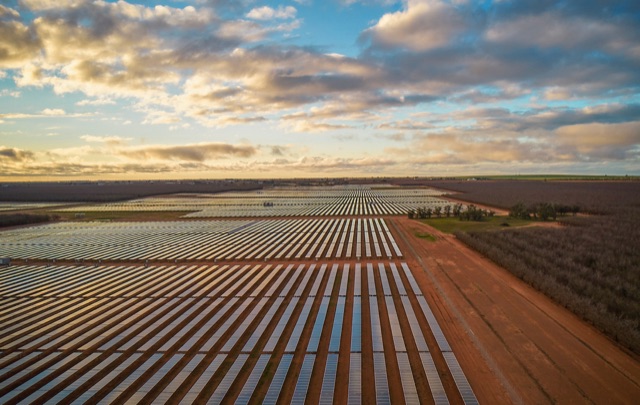Australian renewables developers will struggle to source the basic ingredients of big solar and storage projects, including inverters and transformers, as a combination of pent-up demand and soaring new demand crunches supply.
The Australian arm of global inverter giant SMA says that even with a doubling of its own production in Germany, lead times for the company’s hardware are expected to remain at about six months. For some competitors, there is a well over 12 month wait.
“This means that for some project developers, you can forget getting your inverters until 2024,” says SMA Australia’s director of large-scale and project solutions, Joshua Birmingham.
A similar problem is developing for the supply of medium voltage transformers, he adds, which rely on electrical steel, which is also in heavy demand from the electric vehicle industry.
“Transformer lead times blowing out massively,” Birmingham says.
“To hit the goals that are being set around decarbonisaiton and electrificiation, there’s not going to be enough supply.”
Pent-up demand meets new demand
Birmingham says that supply chain issues have already resulted in almost 12 months of delays in Australia with no significant PV projects hitting financial close – none have been cancelled, he adds, they’ve just been postponed.
“On top of that, further demand being driven by the Inflation Reduction Act in the US and the New Green Deal in EU means that … the supply side is not going to cope.”
Talking to RenewEconomy, Birmingham says the local solar industry is also concerned there will be a prioritisation of supply to countries close to manufacturing hubs and with strong local content incentive schemes.
He says that while Australian governments and corporations continue to stimulate demand with increasingly ambitious renewable energy and hydrogen production targets, the supply side is being ignored.
Supply side being ignored
“There need to be incentive schemes targeting the generation assets and storage assets themselves,” he says.
“The local content regulations that we’re seeing so far [from federal and state governments] are window dressing.
Birmingham says SMA Australia has sat in on negotiations with parties who have been successful in state government renewable energy auction schemes where the provenance of materials for the projects has no bearing on selection.
“We need to start getting serious about manufacturing in Australia,” he says.
“We already have in our arsenal all the tools we need to transition to 100% renewables, but we seem to be not laying the groundwork.
“We need to be preparing for this transition to be a long term transition as opposed to the typical lumpy approach to rolling out renewables.”
Expansion in Germany
As noted above, SMA is addressing this challenge with plans to double its production capacity at its German headquarters to 40GW by 2024.
The expansion is will kick off later this year and will focus on the ramping up production of inverters for the large-scale PV industry.
“We’re confident we can weather the oncoming storm. Despite lead times blowing out around us, we have been able to maintain one of the best positions in the market,” says Birmingham.
“2023 looks to be an unprecedented year of growth for renewable energy in Australia. With this, strong and reliable partners will become critical to solar and storage projects achieving their targeted start dates.”










